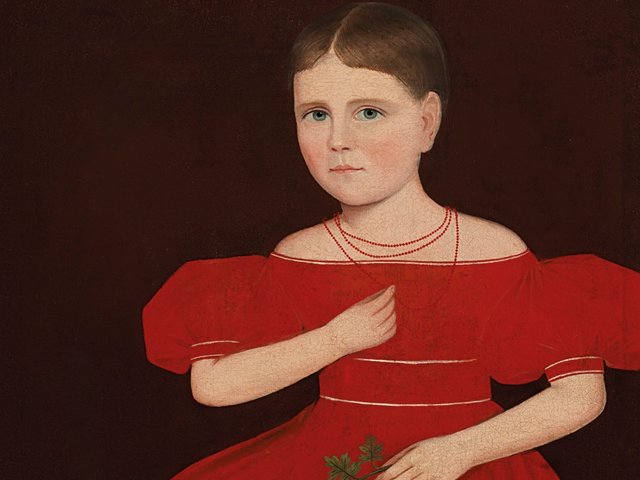Even though the mortgage mess and a jittery Wall Street are stoking recession fears, the market for Americana remained strong during January’s annual round-up of fairs, sales and special exhibitions. A total of seven fairs took place, including the New York Ceramics Fair (14 to 18 January) and the 54th annual Winter Antiques Show (18 to 27 January) while the auction houses held seven sales from 17 to 19 January.
“Everyone mentioned the market,” said Ontario dealer Donald Ellis at the Winter Antiques Show. “But if you were worth $900m six weeks ago and that has dropped to $750m, you’re still buying art.”
Overall, collectors were seeking top items in a market with a dwindling supply. The diminishing amount of fresh material coming to the market helped explain Christie’s and Sotheby’s smaller sales totals this year. Christie’s netted $20.7m (est $13.6m-$20.4m) for its four auctions. In 2007 they made $27.5m.
Sotheby’s made less from its sales with a total of $13.8m against an estimate of $10.9m to $23m. Last year, Sotheby’s pulled in $29.5m.
Christie’s highlights included a 1770 tea table, attributed to Thomas Affleck, which sold for $5.4m (est $1.5m-$2.5m). Seven bidders took the price up to the $3m level. According to Margot Rosenberg, head of American furniture and decorative arts at the auction house, this demonstrates increased competition for such pieces.
New York dealer Leigh Keno bought a bowl made from burl wood for $181,000 (est $25,000-$35,000) at Christie’s. Eighteen years ago the same piece sold at Sotheby’s New York for $10,000. “I bought the bowl to keep,” said Mr Keno, “one could call it the ‘Mother of all burl bowls’.”
Sotheby’s successes included an 18th-century Chippendale carved mahogany chair which sold to Pennsylvania dealer Craig Prickett for $505,000 (est $200,000-$800,000). Mr Prickett said: “In the 18th century, only the wealthy could afford the higher quality upholstered furniture and there is very little remaining with most locked up in museums and private collections, so the chair is a rarity.”
There were brisk sales at the Winter Antiques Show, held at the Park Avenue Armory, which drew record attendance. Visitors included Mayor Bloomberg, actor Steve Martin, and artist Yoko Ono. Organisers say that a record number of $1,000 tickets were sold for the opening party (although they would not disclose details and this could not be independently confirmed).
“The turmoil of the financial markets and the strong pound seem to have no effect on buyers here as they are drawn to things that do not fluctuate in value,” said Max Donnelly of London’s Fine Art Society whose sales included a ceramic charger of two cranes by John Bennett, 1877, for $30,000 (above). They had bought this at a regional auction house in Worthing, West Sussex in England. It was purchased at the fair by benefactors of New York’s Metropolitan Museum of Art. Their other sales included a Morris & Co. card table and William de Morgan ceramics.
While furniture was popular, folk art also sold well. Pennsylvania’s Olde Hope Antiques sold an Indian weather vane, around 1880, for $390,000 and dealer Elle Shushan said she sold 42 antique miniature portraits; five of these went to museums on the east coast. Connecticut dealer Fred Giampietro sold a unique game board, painted with a menacing snake curling through the game, around 1860, for $275,000. “It’s not a gameboard, it’s a painting,” said Mr Giampietro who added that the previous owner, a prison guard, had received multiple six figure offers for it. The buyer lives in a modernist house and considers folk art as comparable to modern art. “My clients want works of art, not Philadelphia Chippendale or samplers. Now is the best financial market ever for selling,” he said.


